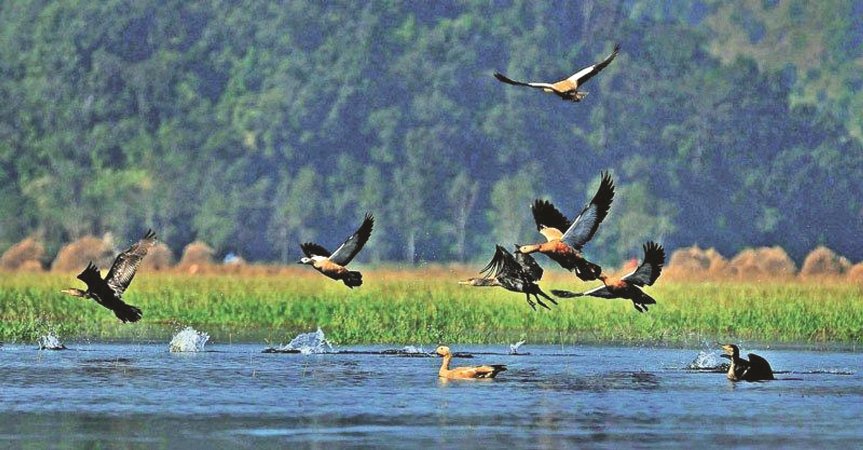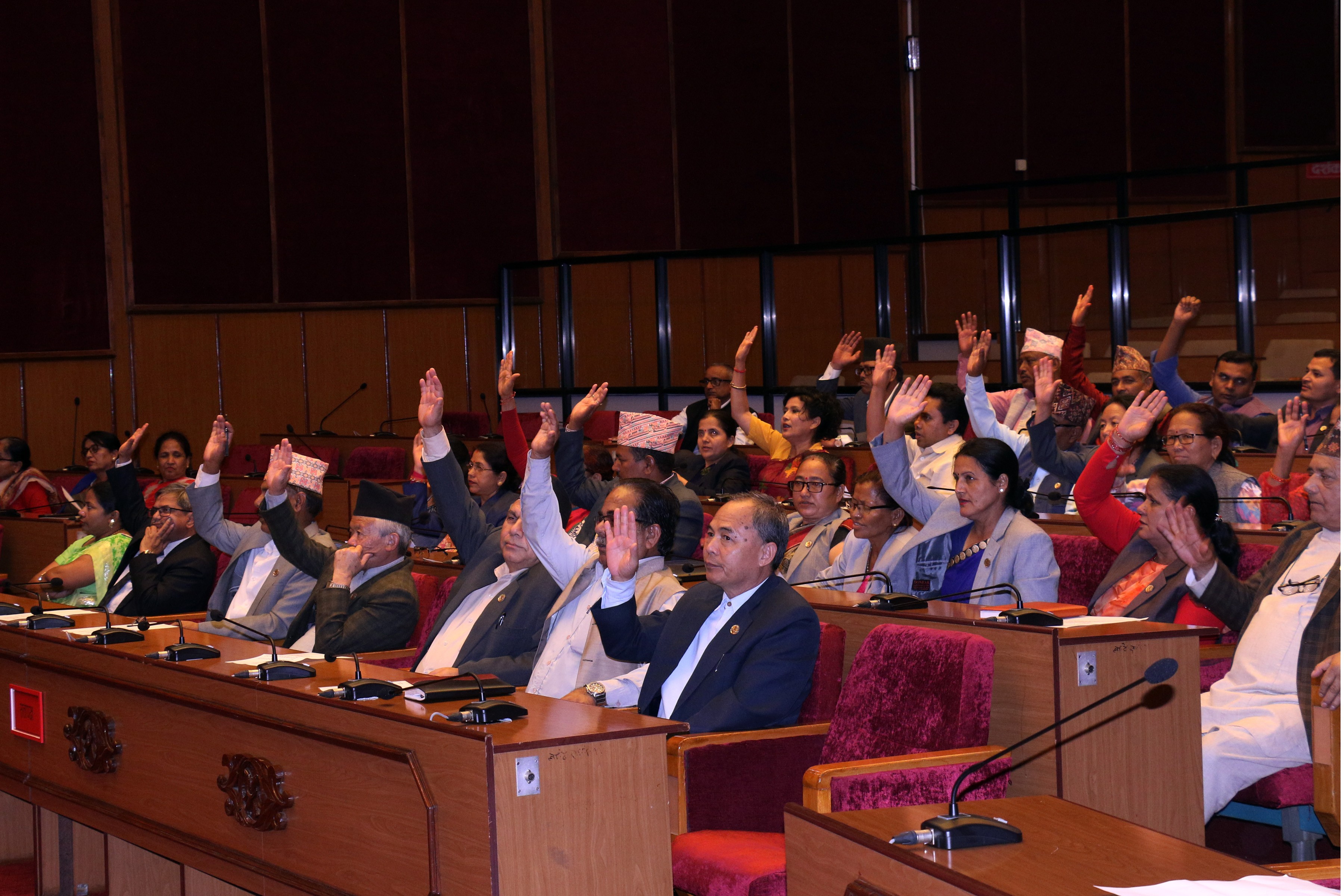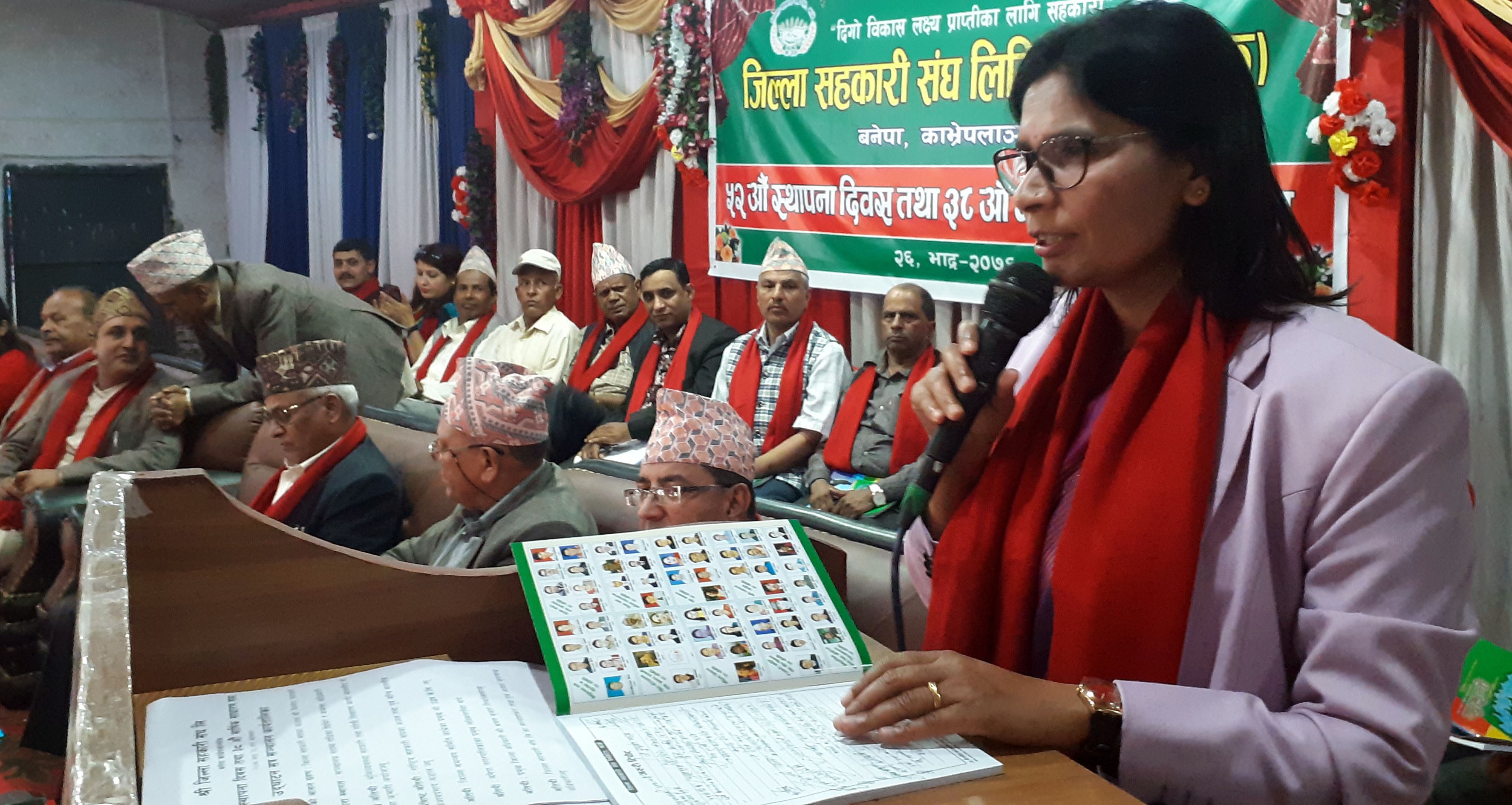World Wetlands Day being observed with the theme ‘Water, Wetland and Life’

Kathmandu, Feb 2: The World Wetlands Day is being observed in Nepal today by organizing various programmes under the slogan - ‘Water, Wetland and Life’ today. The World Wetlands Day is observed across the world on February 2 every year.
The Department of National Parks and Wildlife Conservation (DNPWC) under the Ministry of Forests and Environment is celebrating the national programme of this year’s World Wetlands Day by organizing various programmes.
The Wetland Convention (Ramsar Convention 1971) was signed at Ramsar city of Iran on February 2, 1971 with an objective of conservation and protection of wetland areas globally. The World Wetlands Day is observed commemorating the signing the Ramsar Convention.
The Ramsar Convention enlists the wetlands of international importance and providing shelter to endangered biological species and ecological communities.
Nepal has become the member country of Ramsar Convention from April 17, 1988 after it enlisted the Koshi Tappu Wildlife Reserve in the list of Ramsar area on December 17, 1987.
Wetlands are important natural spots from the biodiversity point of view. The government of Nepal has prioritized management and conservation of the wetlands since it is home to many species of birds and animals as well as plants.
Wetlands occupy around five per cent of the total area of Nepal which is about 60,561 hectares in area. According to the World Conservation Nepal, a total of 163 wetlands were recorded in Terai areas while there were 79 wetlands in the mountainous and hilly areas in the country.
Wetlands in Nepal are home to thousands of migratory birds, amphibians and plants. Many communities are dependent on the wetlands for their livelihood too. Altogether 172 species of endangered animals and birds are depended on wetlands. Likewise, 246 types of indigenous flowering plants rely on the wetlands.
Various factors such as encroachment of wetlands, excessive usage of wetlands due to increasing demands of people for wetlands resources, lack of coordinated efforts to conserve and promote such places have posed challenges in the conservation and management of wetlands in the country.
Recent News

Do not make expressions casting dout on election: EC
14 Apr, 2022
CM Bhatta says may New Year 2079 BS inspire positive thinking
14 Apr, 2022
Three new cases, 44 recoveries in 24 hours
14 Apr, 2022
689 climbers of 84 teams so far acquire permits for climbing various peaks this spring season
14 Apr, 2022
How the rising cost of living crisis is impacting Nepal
14 Apr, 2022
US military confirms an interstellar meteor collided with Earth
14 Apr, 2022
Valneva Covid vaccine approved for use in UK
14 Apr, 2022
Chair Prachanda highlights need of unity among Maoist, Communist forces
14 Apr, 2022
Ranbir Kapoor and Alia Bhatt: Bollywood toasts star couple on wedding
14 Apr, 2022
President Bhandari confers decorations (Photo Feature)
14 Apr, 2022











